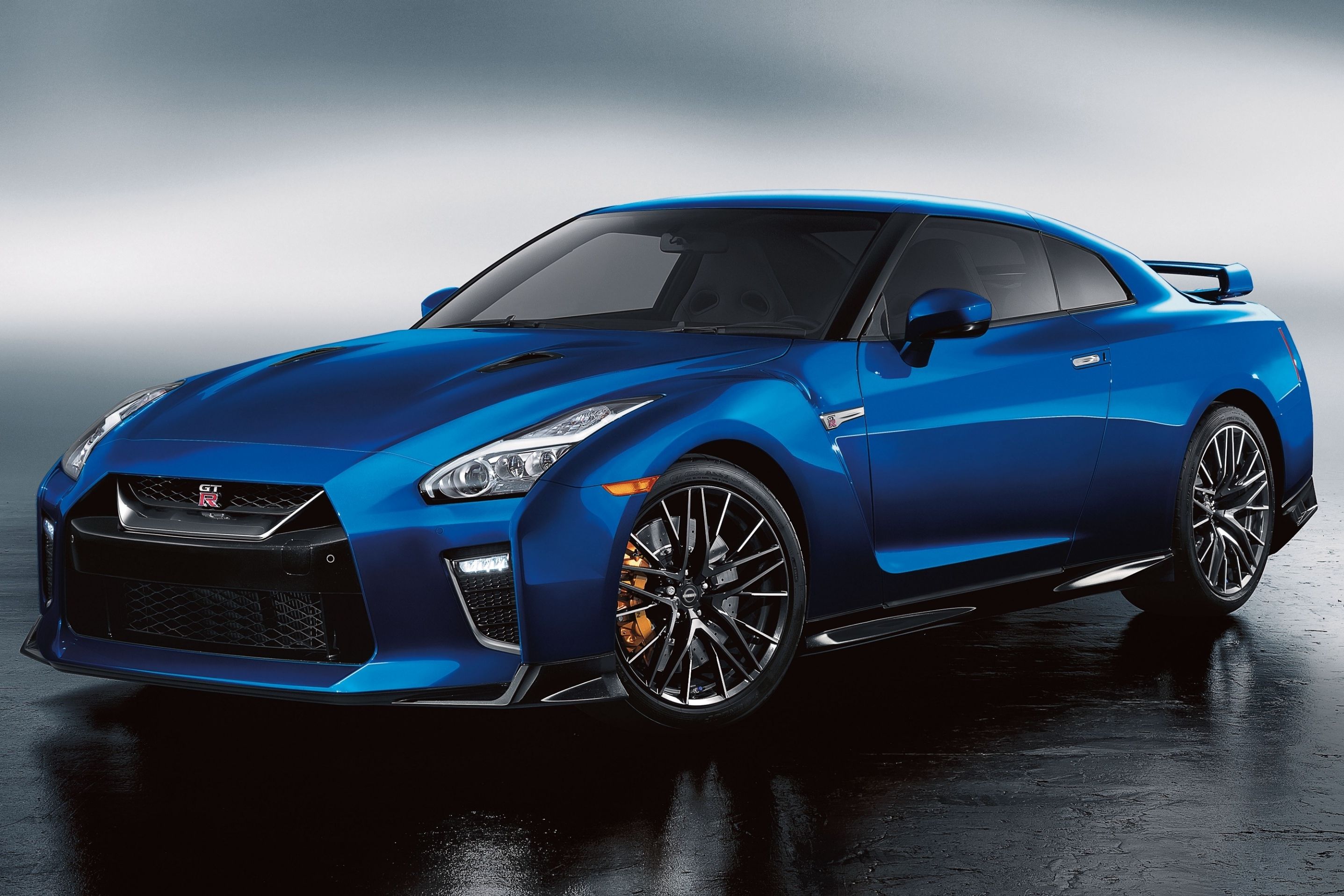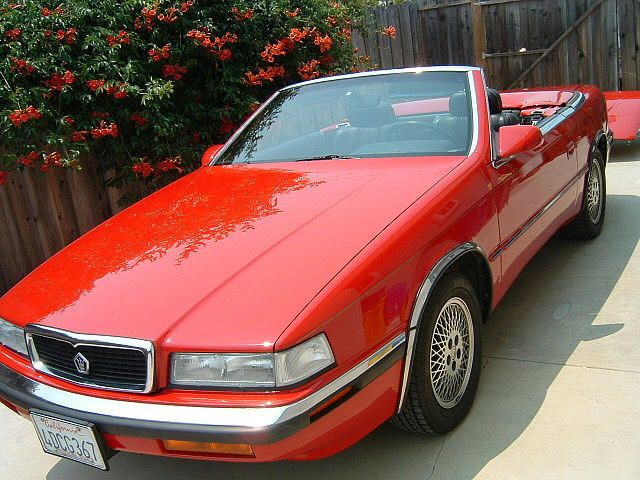
The best examples of missteps tend to come about when a given company really should have known better. By the time the Chrysler TC debuted in 1989, the Maserati Biturbo had already shown that the public was uninterested in poorly built, lukewarm affronts to the formerly good name of Maserati. The Merkur XR4Ti had shown that weird-looking half-European cars with confusing names weren't exactly hot sellers, yet Chrysler built the TC anyway.
So it's hardly a surprise to anyone who was paying the slightest bit of attention that it failed. The full name of the car is Chrysler TC by Maserati, and it embodied many of the worst parts of both companies during the Eighties. What's so strange about the car is that was the direct descendant of a car which was truly fantastic. While working at Ford, Lee Iacocca had partnered up with Alejandro de Tomaso to create the De Tomaso Pantera, an excellent Ford-powered car with just enough Italian in it to make it exotic. Unveiled in 1971, the Pantera was so good that it was still in production when Iacocca moved to Chrysler and De Tomaso to Maserati.
Ironically, it continued to live on even after production ended on the TC. When De Tomaso acquired Maserati in 1976, he immediately set about watering down their cars. He preferred to produce somewhat cheaper cars than to try to compete directly with Ferrari and Lamborghini in the building of supercars. The Biturbo, unveiled in 1981, had met with strong sales at first, but was already well into its long and shameful decline by the time Maserati teamed up with Chrysler to produce more overpriced crap. It's difficult to get away from the fact that the TC was little more than a hideously expensive LeBaron GTS convertible.
Yes, the TC came with quite a bit more standard equipment, and the styling is at least somewhat different. But the fact that it was believed people would be willing to pay many, many thousands of dollars more for the then dubious honor of having a "by Maserati" badge on their car seems almost laughable. A few different engines were offered, starting with the Daytona-sourced Turbo II. This was a 160 horsepower, turbocharged and intercooled four-cylinder engine, which lasted only for the first year of production. It was replaced by a 141 horsepower, 3.0-liter Mitsubishi V6 for the remainder of the TC's short life.
Although it was the body which actually made the TC "by Maserati", a small number of cars were built with what was referred to as a "Maserati" engine. Quotation marks are used because Maserati was barely involved in the production of this engine at all. The head was from Cosworth, the turbocharger from IHI and the pistons from Mahle in Germany, and nearly everything else came from the Chrysler Turbo II engine. Maserati would assemble them and put their own valve covers on them, but that's about it. Nevertheless, this was the most powerful engine offered, at 200hp, and was therefore the most desirable plant for what Chrysler called a grand touring car.
Iacocca had hoped that the TC would change the image of Chrysler, the infusion of a little Italian exoticism was meant to move the brand upmarket. Predictions for sales of the TC were conservative, between 5,000 and 10,000 units per year, but even these proved wildly optimistic. In the end, just 7,300 units were built over the three years that the TC was in production. It's pretty easy to see where it all went wrong. A K car is still a K car, no matter whose name is on the trunk; a pig in a cocktail dress is still a pig. The TC cost $33,000 in 1989 (slightly more than $57,000 in today's money), and the price would climb to $37,000 by 1991.
That put it up against such cars as the Porsche 944, which might not have been the company's most exciting model, but it was a damn sight better than a tarted-up LeBaron with delusions of luxury. It's easy to shake your head in disbelief when thinking of the bad decisions which went into making the TC, but it's also kind of easy to understand how it still managed to happen. After the Pantera, it would seem natural to think that Iacocca and De Tomaso would be able to pull of something great. But it seems that the success had gone to their heads, and that they believed people would buy any old thing they cranked out.
The lesson to be learned from the TC is that even in the Eighties, people weren't so obsessed with labels that they would overlook a bad product with a high price tag just for the sake of a cool badge on the deck lid. We can at least take comfort in the fact that both Chrysler and Maserati have come a long way, and both are now turning out some pretty nice cars.

